Many people know of the Herzog film “Aguirre, Wrath of God”, where Klaus Kinski plays the title role as an insane and villainous conquistador. But the true story of the Basque wanderer Lope de Aguirre far exceeds in horror and villainy what could be shown on screen. 



Of all the vicious and brutal men who came with the Spanish conquistadors, Lope de Aguirre, known as “El Loco” was one of the worst. After being publicly flogged, he vowed revenge against the judge and stalked him for three years before stabbing him through the skull. 

In 1558, the Marquis of Cañete was sent as viceroy to Peru by the Spanish king to reestablish justice and order, in particular to end the enslavement of Indians. The servants of the king barely maintained order against the villainous scum that abounded in Peru and Chile.
The number of disorderly conquistadors was so great that the viceroy could not use force alone to maintain order, but planned a scheme to send these elements away from Spanish colonies to conquer new provinces or conveniently die in the process.
The legend of El Dorado offered him a means to his plan.
Pedro de Cieza of Leon says in his "Cronica del Peru": "In the year of the Lord 1550 there came to the city of La Frontera . . . more than two hundred Indians, they also told of a large country…rich in gold and silver."
Pedro de Cieza of Leon says in his "Cronica del Peru": "In the year of the Lord 1550 there came to the city of La Frontera . . . more than two hundred Indians, they also told of a large country…rich in gold and silver."
For years no means were available to follow up on these tales, but the viceroy seized upon it as a means to empty Peru of its greediest villains. The viceroy personally interviewed the Indians and appointed Pedro de Ursúa to lead an expedition into the Amazon. 
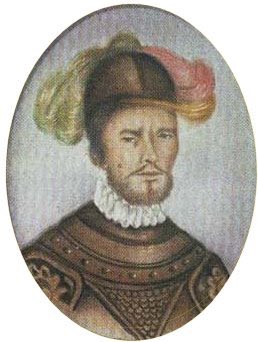
To lead such a rabble with success in the face of uncertainties required an earnest and prudent, and at the same time a decided, character of moral worth. Ursua was frivolous and indolent, and often rashly bold. He even brought his mistress with him for the journey.
His preparations were incomplete. Much was still lacking when his money had all been spent, and his men were eager to embark. With the help of some officers "all doughty champions with elastic consciences," Ursua forced the priest of Santa Cruz to "lend" him all his money.
The embarkation could not be effected till September 26th, when it took place in great confusion. The available space in the boats was unevenly allotted; only forty out of three hundred horses were taken; and all the cattle were left, without masters, on the shore.
The flotilla at last moved slowly down along the thickly wooded shores of the Rio Huallaga. It sailed three hundred leagues, according to Pedro Simon without passing in sight of a single Indian hut. The land was not as thickly settled as it was when Orellana sailed here in 1542.
Before Christmas of 1560 Ursua reached Machiparo, where he was near the country of the Omaguas. Encouraged by the extent of the Indian settlements he found there, and by the friendly demeanor of the inhabitants, he determined to rest his crews were worn out by rowing.
It was here that Aguirre hatched his scheme. He suspected the true purpose of the journey, for them all to die far from Peru. He schemed to kill Ursúa and then return with this host to conquer Peru.
Aguirre was condemned to death several times, and pardoned, only to commit more villainy. He is described as having been "small and spare in figure, ugly, . . . with black beard and an eagle eye, which he turned straight upon others, particularly when he was angry."
Even before the beginning of the voyage earnest warnings against Aguirre had reached Ursua, but the indiscreet knight had disregarded them. On the 26th of December he embarked again and proceeded six or eight leagues farther to another village.
Here a broad path led from the shore into the interior; a landing was effected, and a camp formed. "The path," it was said, "led to a large city and province;" the Spaniards had, in fact, entered the territory of the Omaguas. 
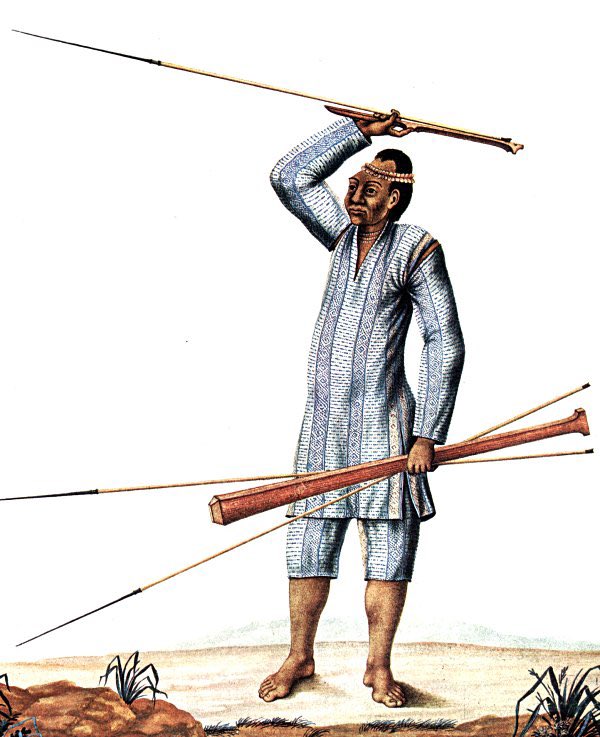
A strong detachment started out "to explore the new country"—by which the most faithful soldiers were removed from the camp, and the conspirators were given the opportunity they had been waiting for. Ursúa was left unguarded.
On the first day of January, 1561, two hours after sunset, a well-armed party, with Alonzo de Montoya and Cristóval de Chavez at its head, came into Ursua's quarters. Surprised, he asked them, "What are you looking for here at so late an hour?" They rushed in and killed him.
In the confusion, several of Ursuas friends were murdered. The conspirators put forward Aguirre’s puppet, Fernando de Guzman, as governor. Aguirre chose for himself the second rank of maestro del campo. But the party now voted to continue the search for El Dorado against Aguirre.
A paper was drawn up in which Ursua's death was excused as being a necessity, and was signed by those present. Aguirre joined in the signature, and wrote with a firm hand, "Lope de Aguirre, the traitor."
The party cried out in protest, but Aguirre spoke at length that they were all traitors for having a hand in the death of Ursúa, and that they were all outlaws. He tried to dissuade them from El Dorado and onto a new quest: high treason.
He was aided in his argument by the lack of any sign of gold. The reconnoitring party which Ursua had sent out came back with the report that the path which they followed led to some abandoned huts, and that the thick woods prevented further advance.
The thickly settled country seen by friar Carvajal was gone. For weeks they sailed on seeing only abandoned huts. The men grew hungry and discipline broke down. Aguirre murdered men who defied his scheme and installed willing tools. Finally Guzman agreed to return to invade Peru.
A halt of three months took place above the mouth of the Japura, and there they planned to sail down the river to the sea. Margarita was to be secured by a sudden attack; thence Nombre de Dios and Panamá should be surprised; and once in possession of Panama, they’d move on Peru.
This audacious plan was so attractively presented by Aguirre that a formal declaration of independence of Spain was drawn up, from which only three men ventured to withhold their signatures. Only one man escaped death the bachelor Francisco Vasquez, the historian of the campaign.
Aguirre then conspired to turn the men against Guzman. With absurd ceremonies Guzman was therefore proclaimed "Prince and King of the mainland and of Peru." The puppet-play did not fail of its anticipated effect. Guzman, became proud and imperious, aggravating the men.
But his death was to be preceded by those of two other persons whom Aguirre still feared. They were his former associate, Lorenzo de Salduendo, and Iñez de Atienza. This woman had soon forgotten her murdered lover Ursua, and gave herself to the murderer Salduendo.
Aguirre concocted an argument with Salduendo and murdered him in front of Guzman. He then paid two men to murder the now defenseless Atienza. Guzman finally awoke to the trap laid for him, but it was too late.
Aguirre and his loyal killers pressed in the darkness of night into the quarters of the "prince of terra firma." The priest Henao was the first victim, six captains fell next, and lastly the simple-minded youth himself was shot.
On the next morning, Aguirre, accompanied by eighty armed men, came into the midst of the camp and was without opposition proclaimed "General of the Marañon."
By this name, Marañon, Aguirre henceforth called the mutiny, of which he was now absolute commander.
By this name, Marañon, Aguirre henceforth called the mutiny, of which he was now absolute commander.
It isn’t exactly clear how Aguirre and his men got to the Atlantic, whether he went north on the Orinoco or continued to the end of the Amazon. Personally, I suspect he went north because they encountered a tribe of cannibals the Arekeina, who live on the Rio Negro. 

No one dared to speak or hardly to think of the dorado; the men were permitted to entertain but one thought—that of the conquest of Peru. The island of Margarita was to afford the first base for this enterprise. Aguirre reached it in seventeen days, sailing around Trinidad. 
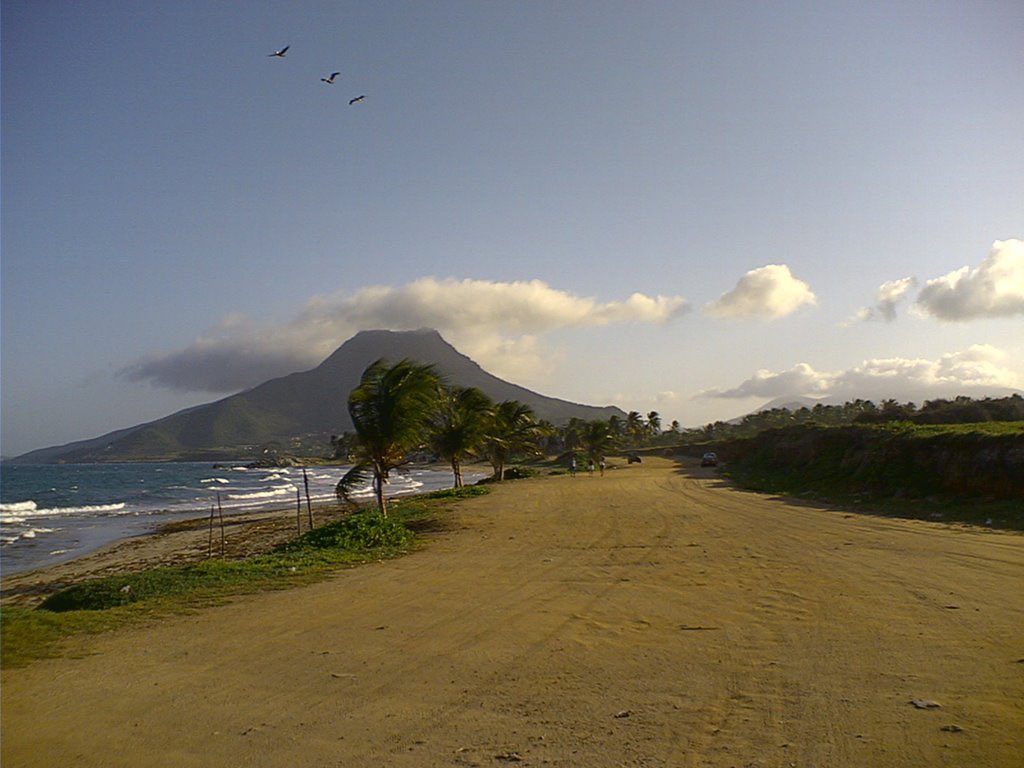
The appearance of the two brigantines excited general astonishment. Aguirre knew how to appeal to the emotions of the inhabitants. The governor of the island and some of the other officers went down to the landing to see the new-comers. Aguirre seized and imprisoned the governor.
His men then captured the fort; and before the people of Margarita came to their senses the island had passed without drawing a sword into the hands of the Marañones. The royal treasury was immediately seized, independence of Spain was proclaimed.
Aguirre now needed larger and swifter vessels for the execution of his audacious plan, for Nombre de Dios and Panamá were to be surprised in the same manner as Margarita had been, before the news of the event could spread. He spied the vessel of the Dominican-Provincial nearby. 
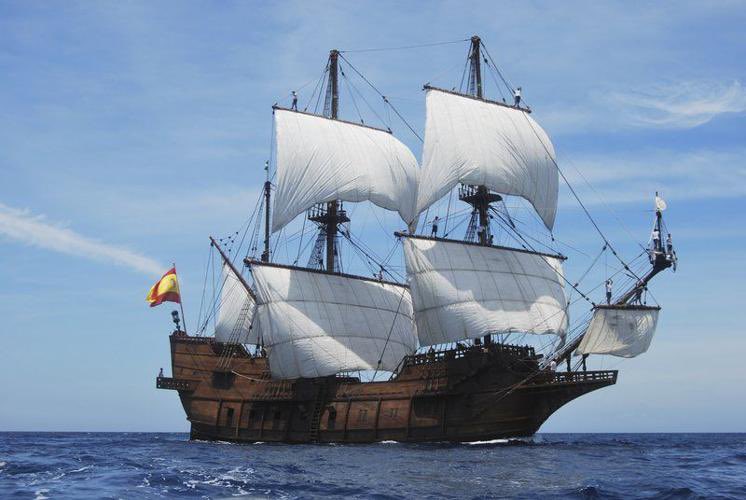
Some of the Maranones were sent to seize the vessel. However, they took the opportunity to desert the standard of rebellion and surrender to the Provincial, to whom they also made a circumstantial confession of all the atrocities which Aguirre and his band had committed.
Fray Francisco de Montesinos was shocked by the story, and at once sent messengers to all the settlements in Venezuela. The report of the impending danger spread so rapidly over the mainland that in a short time fifteen hundred men were under arms in New Granada. 
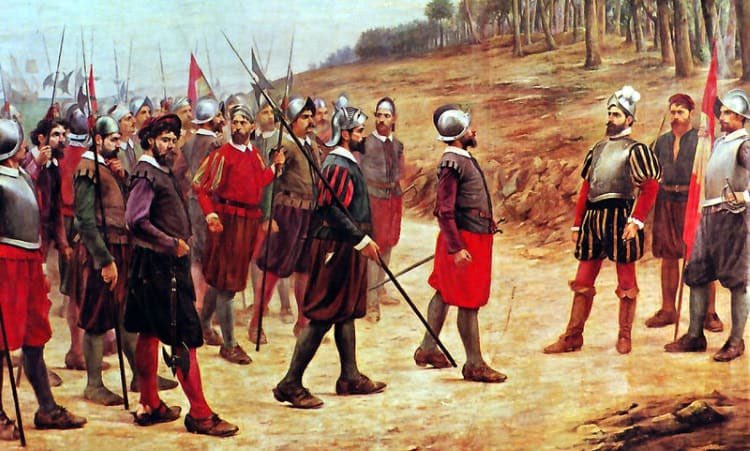
Aguirre, who had in the meantime sunk both brigantines, confidently awaited the arrival of the expected ships at Margarita. Not only were Aguirre's own men exposed to his murderous caprices, but the defenceless people of the island stood in constant peril of death. 
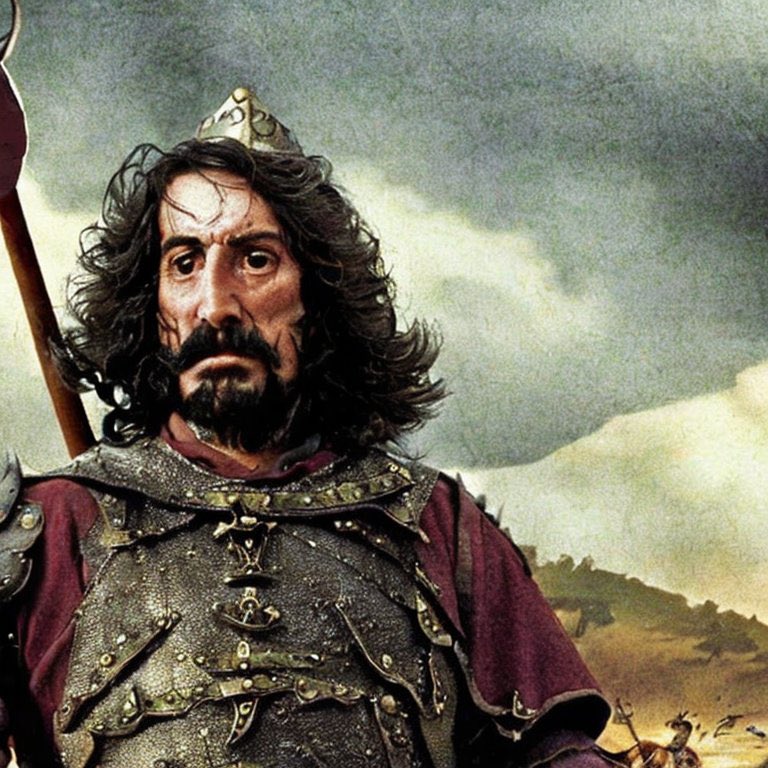
Aguirre regarded their property as his legitimate spoil, and disposed of it arbitrarily for his own purposes. While the men of influence and means were robbed and murdered by him, the bad elements flocked to his party, and the reign of terror on the island increased.
At last the Provincial's vessel came in sight, but flying the royal standard. Aguirre fell into a furious passion. He killed the governor of Margarita and the principal officers. proceeded hastily down to the port. After an exchange of empty threats the Provincial set sail again. 
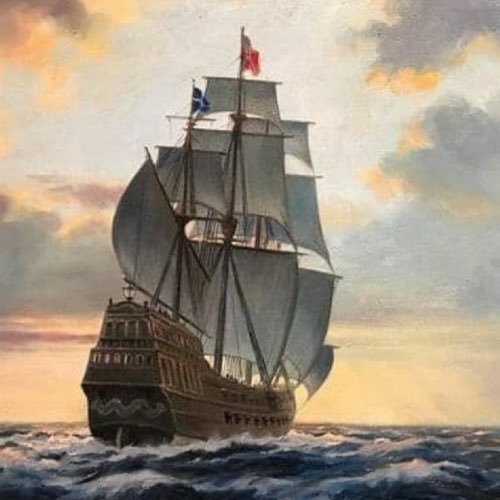
With his plan to surprise Panama ruined, Aguirre set his sights on invading Venezuela. At length lie succeeded in getting a vessel, on which he sailed "on the last Sunday of August, 1561," at the head of a well-armed band of criminals, for Burburata.
The people of this place fled into the woods with their property as soon as they saw the vessel, which bore two blood-red swords, crossed, on its flag. Without halting at Burburata, Aguirre marched inland to Lake Tacarigua, on the shore of which lay the settlement of Valencia. 
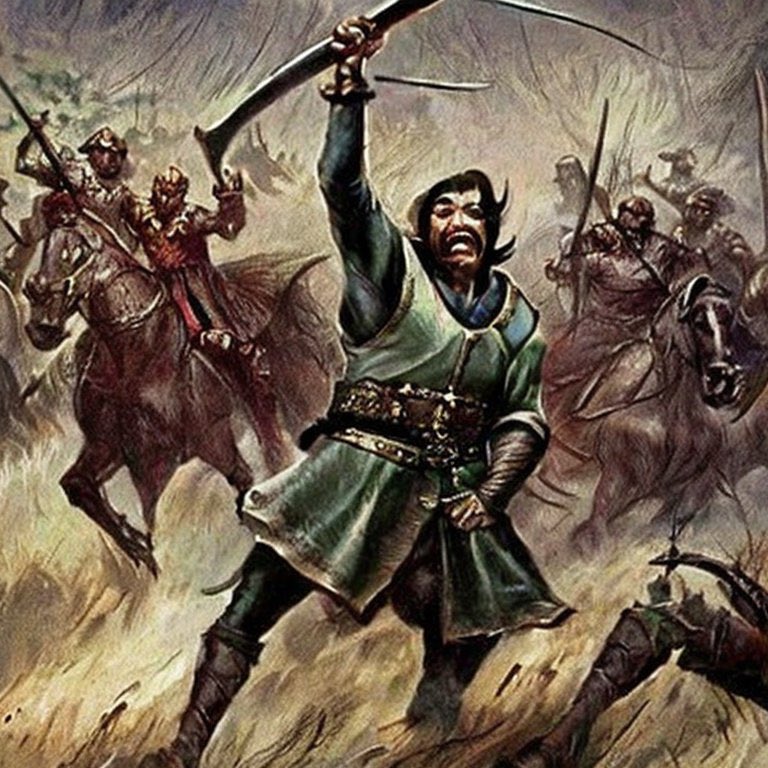
Valencia had been abandoned, and the Marañones burned the vacant houses. Aguirre was ill, and in Valencia he composed a manifesto to the King of Spain, and sent it by a priest whom he had brought from Margarita as a hostage to the coast. 
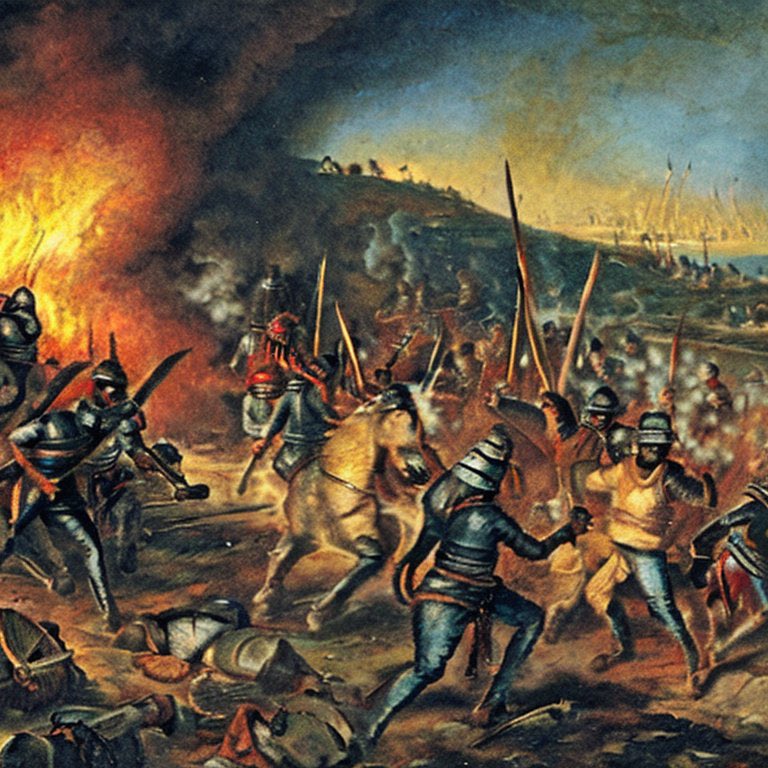
The letter, which has been preserved by Vasquez and by Oviedo y Banos, begins, "To King Philip, a Spaniard, son of Charles the Invincible," and ends with the words, "and on account of this ingratitude, I remain till death a rebel against thee.—Lope de Aguirre, the Wanderer."
From Valencia Aguirre went southwest toward Barquicimeto. The royal party was not prepared to fight in the open field; but the number of the Marañones was perceptibly diminishing. The scanty population, instead of joining his party as he had anticipated, fled from before him.
Barquicimeto was deserted, but the military force on the side of the king now appeared before the place, under the lead of the maestro del campo, Diego de Paredes. While not strong enough to attack him, it prevented Aguirre from proceeding farther.
Well mounted, the royalists passed around his camp daily, cut off all access to it, and by the judicious circulation of amnesty proclamations which Governor Collado sagaciously issued, they encouraged his men to desert. Many took the opportunity to spare their lives.
At last Paredes decided to risk an attack on Barquicimeto. On the advance of the royal troops most of the Marañones threw away their arms and met their assailants with the cry, "Long live the king!" Aguirre found himself all at once entirely forsaken.
Pale and trembling, he went into the chamber of his only child, a grownup maiden, and with the words, "My child, God have mercy on your soul, for I am going to kill you, so that you shall not live in misery and shame the child of a traitor," stabbed her in the heart.
He let himself be taken without resistance. The royal maestro del campo desired to spare his life, but the Marañones insisted on the instant death of their former leader, and he fell under the discharge of musketry. His head was cut off to be exhibited at Tocuyo in an iron cage. 
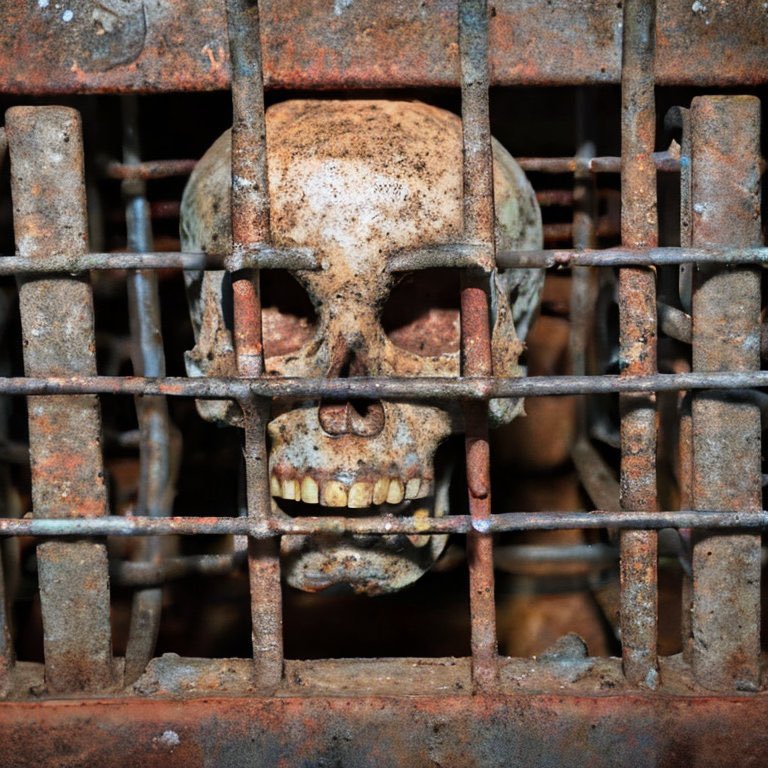
• • •
Missing some Tweet in this thread? You can try to
force a refresh




































